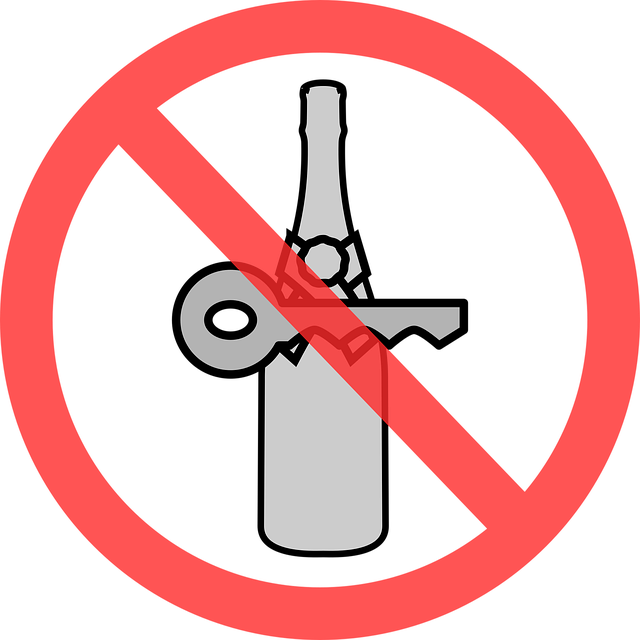Global perspectives on impaired driving vary greatly, with Western nations favoring strict penalties while some Asian and African countries opt for community service. This diversity highlights the need for a nuanced approach where community service, properly structured, can promote personal responsibility and societal well-being. While proponents see its deterrent effect and potential for positive change, critics question its effectiveness for repeat offenders or those viewing it as inconvenient. Ensuring impactful community service projects requires structural integration and monitoring within the justice system to avoid superficial efforts. "Community Service as Punishment" offers a balanced approach that combines accountability with support for positive societal contributions.
Impaired driving is a global concern, but cultural variations significantly shape how societies perceive and address this issue. This article delves into understanding international perspectives on impaired driving, examining the interplay of culture and law. We explore whether community service as a punishment effectively deters reckless behavior or merely serves as an ineffective solution. By analyzing diverse approaches worldwide, we aim to uncover best practices and offer insights into mitigating drunk and drugged driving across borders.
- Understanding Global Perspectives on Impaired Driving: A Cultural and Legal Analysis
- Community Service as a Punishment: Effective Deterrent or Ineffective Solution?
Understanding Global Perspectives on Impaired Driving: A Cultural and Legal Analysis

Understanding Global Perspectives on Impaired Driving involves a complex interplay of cultural norms, societal values, and legal frameworks. Different countries approach this issue with varying degrees of stringency, reflecting their unique historical, social, and economic contexts. For instance, while many Western nations emphasize strict penalties including jail time and fines for impaired driving, some Asian and African countries may opt for community service as a form of punishment, focusing on rehabilitation over harsh punishment.
This cultural diversity in response highlights the need for a nuanced global perspective on impaired driving. Community service, when properly structured, can foster a sense of personal responsibility and contribute to societal well-being by channeling offenders’ energy into beneficial community work. Conversely, purely punitive measures may not effectively deter future incidents or address the root causes of impaired driving, necessitating a balanced approach that considers both accountability and support for positive change.
Community Service as a Punishment: Effective Deterrent or Ineffective Solution?

In many jurisdictions, community service is increasingly being considered or even implemented as an alternative punishment for impaired driving offenses. This approach shifts the focus away from traditional fines and jail time, aiming to address the behavior through meaningful contributions to society. Proponents argue that it serves as a powerful deterrent, imparting a sense of responsibility while offering an opportunity for personal growth. By engaging in community service, offenders directly experience the impact of their actions, such as assisting at sober driving campaigns or supporting initiatives targeting road safety education.
However, critics question its effectiveness as a sole deterrent. They contend that community service might not carry sufficient weight with repeat offenders or those who view it as an inconvenient hassle rather than a meaningful consequence. Furthermore, ensuring the quality and impact of community service projects is essential to avoid superficial contributions. Thus, while well-designed programs could foster positive change, the success largely hinges on how it is structured, monitored, and integrated into the broader justice system.
Global perspectives on impaired driving vary widely, reflecting diverse cultural norms and legal systems. While some countries emphasize strict criminal penalties, others prioritize rehabilitation through community service. This article has explored the cultural and legal nuances behind these differing approaches, questioning their effectiveness as deterrents. Ultimately, the success of any strategy relies on its ability to balance public safety with individual responsibility. In the case of community service as a punishment, further research and adaptation are needed to ensure it serves as a meaningful deterrent rather than an ineffective solution.






